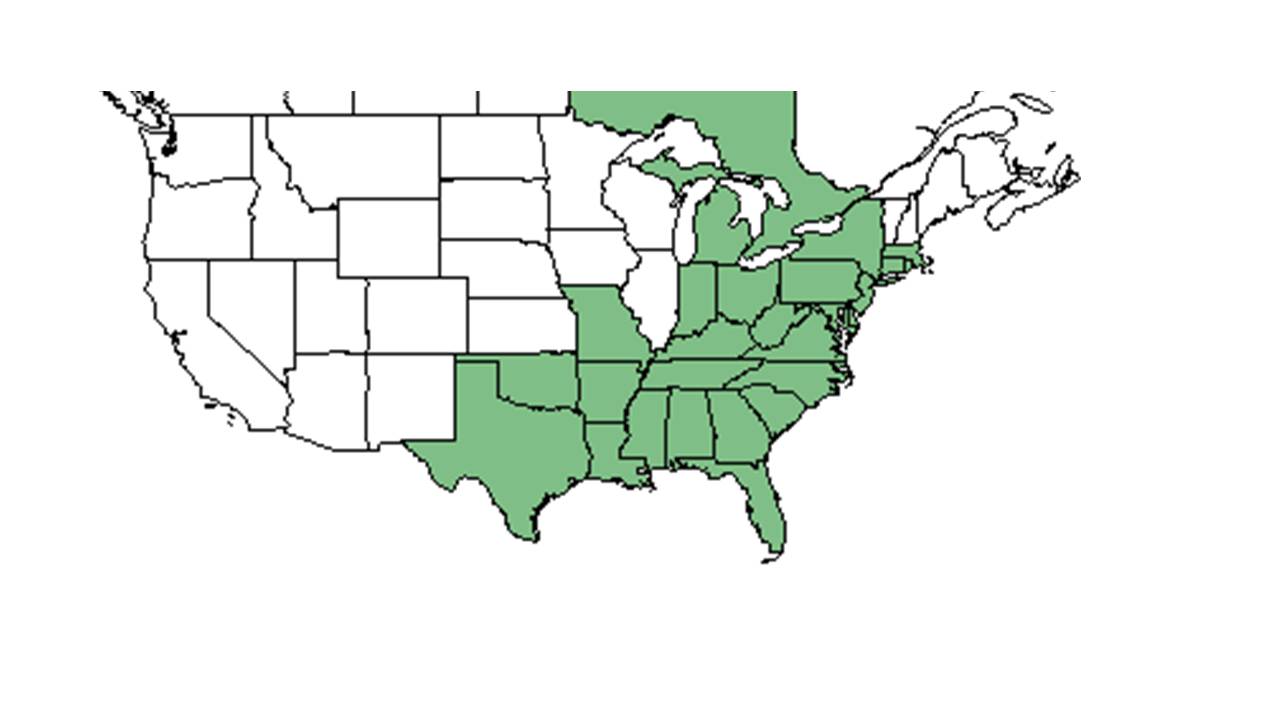Difference between revisions of "Piptochaetium avenaceum"
KatieMccoy (talk | contribs) |
KatieMccoy (talk | contribs) |
||
| Line 26: | Line 26: | ||
==Ecology== | ==Ecology== | ||
===Habitat=== <!--Natural communities, human disturbed habitats, topography, hydrology, soils, light, fire regime requirements for removal of competition, etc.--> | ===Habitat=== <!--Natural communities, human disturbed habitats, topography, hydrology, soils, light, fire regime requirements for removal of competition, etc.--> | ||
| − | ''Piptochaetium avenaceum'' is found in live oak groves, open sandy ridges, mesic coastal hammocks, woodland openings, floodplain edges, along creeks, lake slopes, upland mixed forests, mixed pinewoods, open mixed woodlands, annually burned savannas and pine-oak, open stand of shrubs and trees of ''Ilex vomitoria'', and floodplains (FSU Herbarium). Non-native habitats include roadsides, recreation areas, nature trails, stands of old field pines cleared of underbrush, and along city roads. It has been observed to grow in dry loamy sand, sandy soils, limestone outcrops, calcareous slopes and moist loamy sands (FSU Herbarium). | + | In the Coastal Plain in Florida and Georgia, ''Piptochaetium avenaceum'' is found in live oak groves, open sandy ridges, mesic coastal hammocks, woodland openings, floodplain edges, along creeks, lake slopes, upland mixed forests, mixed pinewoods, open mixed woodlands, annually burned savannas and pine-oak, open stand of shrubs and trees of ''Ilex vomitoria'', and floodplains (FSU Herbarium). Non-native habitats include roadsides, recreation areas, nature trails, stands of old field pines cleared of underbrush, and along city roads. It has been observed to grow in dry loamy sand, sandy soils, limestone outcrops, calcareous slopes and moist loamy sands (FSU Herbarium). |
Associated species include ''Melica mutica, Festuca, Erigeron, Verbena, Vitis rotundifolia, Rubus trivialis'' and ''Ilex vomitoria'' (FSU Herbarium). | Associated species include ''Melica mutica, Festuca, Erigeron, Verbena, Vitis rotundifolia, Rubus trivialis'' and ''Ilex vomitoria'' (FSU Herbarium). | ||
Revision as of 09:20, 2 October 2015
| Piptochaetium avenaceum | |
|---|---|

| |
| Scientific classification | |
| Kingdom: | Plantae |
| Division: | Magnoliophyta - Flowering plants |
| Class: | Liliopsida – Monocotyledons |
| Order: | Cyperales |
| Family: | Poaceae ⁄ Gramineae |
| Genus: | Piptochaetium |
| Species: | P. avenaceum |
| Binomial name | |
| Piptochaetium avenaceum (L.) Parodi | |

| |
| Natural range of Piptochaetium avenaceum from USDA NRCS Plants Database. | |
Common name: blackseed speargrass
Contents
Taxonomic notes
Description
Distribution
Ecology
Habitat
In the Coastal Plain in Florida and Georgia, Piptochaetium avenaceum is found in live oak groves, open sandy ridges, mesic coastal hammocks, woodland openings, floodplain edges, along creeks, lake slopes, upland mixed forests, mixed pinewoods, open mixed woodlands, annually burned savannas and pine-oak, open stand of shrubs and trees of Ilex vomitoria, and floodplains (FSU Herbarium). Non-native habitats include roadsides, recreation areas, nature trails, stands of old field pines cleared of underbrush, and along city roads. It has been observed to grow in dry loamy sand, sandy soils, limestone outcrops, calcareous slopes and moist loamy sands (FSU Herbarium).
Associated species include Melica mutica, Festuca, Erigeron, Verbena, Vitis rotundifolia, Rubus trivialis and Ilex vomitoria (FSU Herbarium).
Phenology
P. avenaceum flowers and fruits March through May (FSU Herbarium).